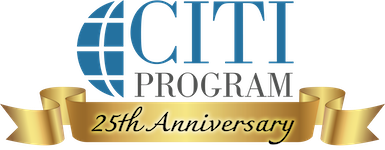To purchase CE credits and units, you need to be affiliated with an organization that subscribes to this course or buy it as an independent learner first. Learn more about CE/CME Credits.
Profession
Type
Credits
Designation Period
Physicians
AMA PRA Category 1 Credit ™
3 Credits
(5 CE certified modules)
$60
5 Credits
(8 CE certified modules)
$80
June 1, 2024
May 31, 2027
Psychologists
CEP Credit/Hour
3 Credits
(5 CE certified modules)
$60
5 Credits
(8 CE certified modules)
$80
June 1, 2024
May 31, 2027
Pharmacists
CPE Contact Hour
3 Credits
(5 CE certified modules)
$60
5 Credits
(8 CE certified modules)
$80
June 1, 2024
May 31, 2027
Dentists
ADA CERP Credit
3 Credits
(5 CE certified modules)
$60
5 Credits
(8 CE certified modules)
$80
June 1, 2024
May 31, 2027
Optometrists
COPE CE Credit
3 Credits
(5 CE certified modules)
$60
5 Credits
(8 CE certified modules)
$80
June 1, 2024
May 31, 2027
Nurses
Nursing Contact Hour
3 Credits
(5 CE certified modules)
$50
5 Credits
(8 CE certified modules)
$70
June 1, 2024
May 31, 2027
Dietitians
CDR CPEU
3 Credits
(5 CE certified modules)
$50
5 Credits
(8 CE certified modules)
$70
June 1, 2024
May 31, 2027
Social Workers
Ethics CE Credit
3 Credits
(5 CE certified modules)
$50
5 Credits
(8 CE certified modules)
$70
June 1, 2024
May 31, 2027
Athletic Trainers
Category A hour/CEU
3 Credits
(5 CE certified modules)
$50
5 Credits
(8 CE certified modules)
$70
June 1, 2024
May 31, 2027
Other Participants
Certificate of Participation
3 Credits
(5 CE certified modules)
$50
5 Credits
(8 CE certified modules)
$70
June 1, 2024
May 31, 2027

